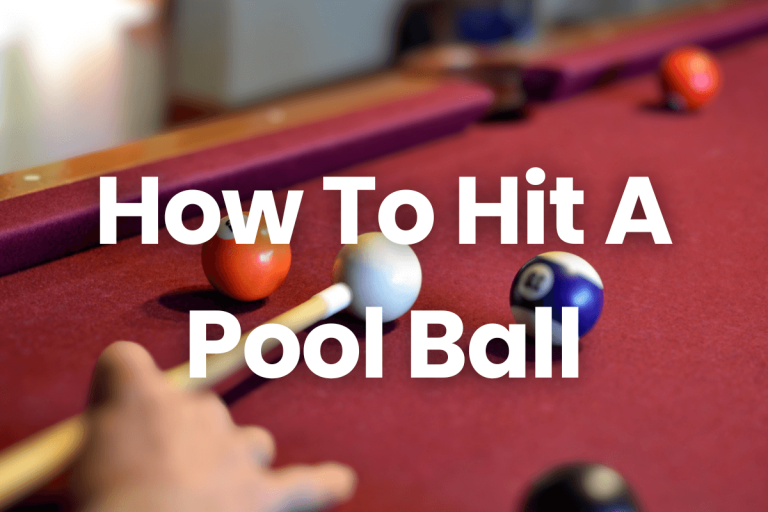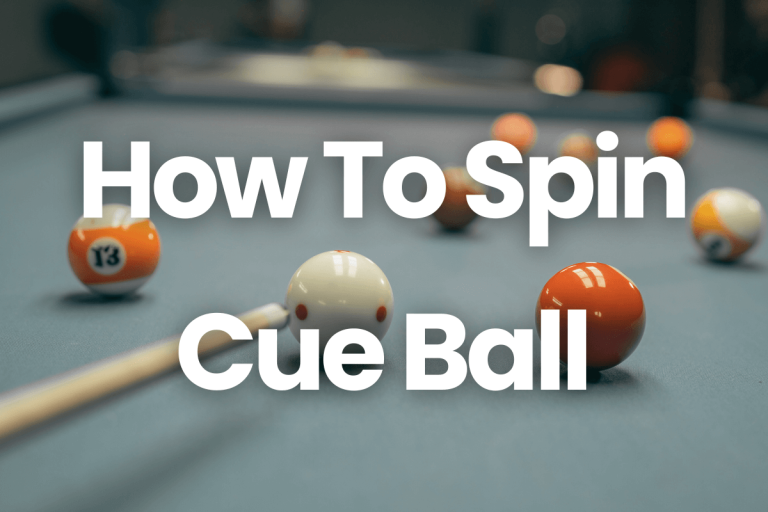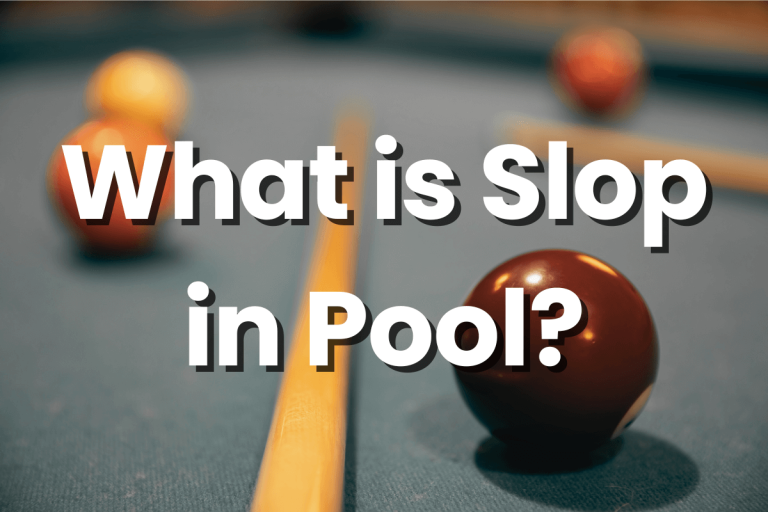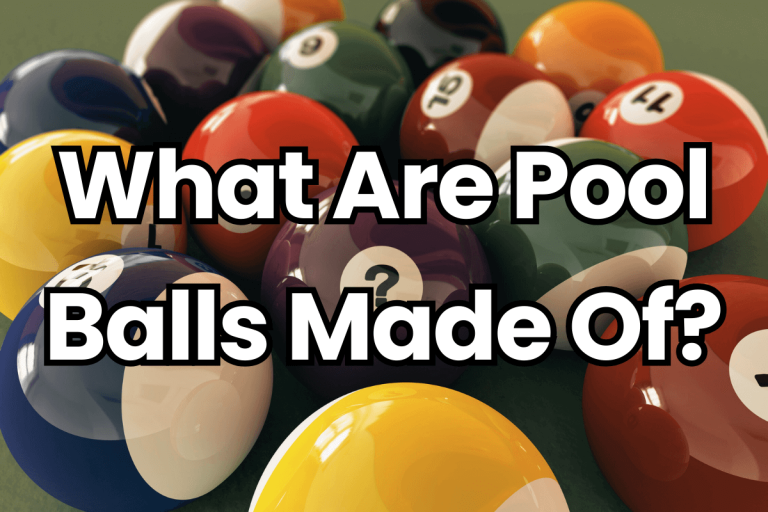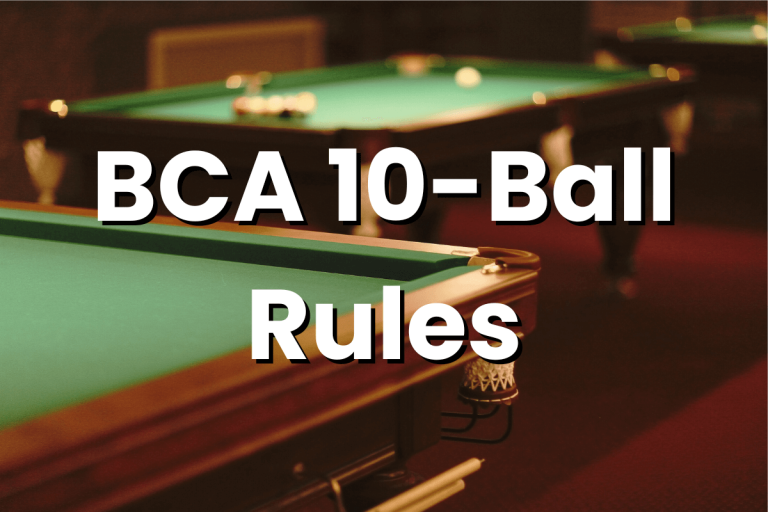Master the Basics: How to Clean a Pool Cue Shaft (2024)
This blog post will teach you how to clean a pool cue shaft like a pro in just 5 easy steps. We’ll cover everything from gathering your supplies to applying a coat of cue wax to protect your shaft and make it shine.
How to Clean a Pool Cue Shaft
As someone who’s spent five years navigating the world of pool cue playing, I’ve come to realize that maintaining your gear is as crucial as mastering your shots. It’s all about those little details that can make a big difference on the green felt. One of those essential details is knowing how to clean a pool cue shaft properly. It might sound a bit technical, but I promise you, it’s not rocket science, and it’s worth every bit of effort.
Elevate Your Game with a Pristine Cue Shaft
A pristine cue shaft ensures optimal contact with the cue ball, minimizing deflection and maximizing control over each shot. With a smooth and immaculate surface, your cue shaft glides effortlessly through your fingers, enhancing your grip and delivering consistent performance on every stroke. Investing in the maintenance and cleanliness of your cue shaft not only prolongs its lifespan but also elevates your gameplay to new heights of accuracy and mastery.
The Heart of Your Cue
Think of the cue shaft as the heart of your cue. It’s that smooth, sleek, and often wooden part that your hand glides along when you take your shots. But over time, chalk dust, hand oils, and general grime can build up and slow down your game. That’s where cleaning comes in. By keeping your cue shaft clean, you’re ensuring that every stroke is as smooth as it can be, and your shots stay on target.
5 Easy Ways to Clean Your Pool Cue Shaft
1. Gather Your Cleaning Materials
Before you start cleaning your pool cue shaft, it’s essential to gather the right materials. You’ll need:
- A clean, soft cloth (preferably microfiber)
- Rubbing alcohol or cue cleaner
- A Q-tip or cotton swab
- Warm water
- Mild dish soap
- A cue shaft slicker (optional)
2. Wipe Down the Shaft
Begin by using a clean, soft cloth slightly dampened with rubbing alcohol or cue cleaner. Gently wipe the entire length of the cue shaft. This step helps remove dirt, oils, and chalk buildup that can affect your shots. Pay extra attention to areas where your hand rests, as these tend to accumulate more grime.
3. Clean the Joints and Ferrule
If your cue has joints or a ferrule (the white part near the tip), use a Q-tip or cotton swab dipped in rubbing alcohol or warm, soapy water to clean these areas thoroughly. Joints and ferrules can trap dirt, affecting the cue’s performance.
4. Deep Cleaning with Warm Soapy Water
For a more thorough cleaning, fill a small container with warm water and a few drops of mild dish soap. Dip a clean cloth into the soapy water, wring it out well, and gently wipe the cue shaft from top to bottom. Rinse the cloth with clean water and wipe away any soap residue.
5. Slicker for a Smooth Finish (Optional)
To achieve an extra smooth cue shaft, consider using a cue shaft slicker. This tool helps polish and buff the cue shaft, leaving it with a silky finish. Simply rub the slicker up and down the shaft several times until you achieve the desired smoothness.
Final Thoughts: Regular Maintenance
Cleaning your pool cue shaft is a straightforward process that can greatly enhance your gameplay. By regularly following these easy steps, you’ll ensure that your cue shaft remains clean and smooth, allowing for precise and consistent shots. Whether you’re a casual player or a seasoned pro, a well-maintained cue shaft is an essential part of your snooker arsenal. So, keep your cue in top shape, and let it assist you in achieving those winning shots on the green felt!
FAQs
FAQ 1: Why does my cue shaft feel sticky sometimes, even after cleaning?
That sticky sensation can be frustrating. It usually happens when you don’t rinse off the soap completely during cleaning. Imagine washing your hands but not rinsing off all the soap; they’d feel sticky too. To fix this, make sure you rinse the cue shaft thoroughly after using soapy water. Your cue should glide smoothly afterward.
FAQ 2: Can I use regular rubbing alcohol from my medicine cabinet to clean my cue shaft?
While it’s tempting, the rubbing alcohol from your medicine cabinet might be too harsh for your cue. It could strip away the finish or damage the wood. Stick to cue-specific cleaners or a diluted rubbing alcohol solution to play it safe.
FAQ 3: I’ve got these tiny black spots on my cue shaft; what are they, and can I get rid of them?
Those little black spots are likely chalk buildup. They can affect your shots by making the shaft less smooth. But don’t worry; you can get rid of them. Simply follow our cleaning guide, and you’ll see those spots vanish, leaving your cue shaft looking and feeling as good as new.
FAQ 4: I’m not a professional; do I need a cue shaft slicker for cleaning?
You don’t need one, but a slicker can be a game-changer. It’s like giving your cue a spa day. It polishes and buffs the shaft, making it incredibly smooth. If you want that extra touch of excellence, consider adding a slicker to your cleaning routine.
FAQ 5: Can I use household cleaners to clean my cue shaft?
It’s best to avoid using household cleaners or abrasive chemicals on your cue shaft, as they may damage the wood or other materials. Stick to cue shaft cleaners specifically designed for cue maintenance, or opt for rubbing alcohol as a safe alternative.
FAQ 6: Can I use water to clean my pool cue shaft?
It’s generally not recommended to use water to clean your cue shaft, as excessive moisture can potentially damage the wood and affect its performance. Instead, opt for cue shaft cleaners or rubbing alcohol, which are specifically formulated for cue maintenance and are less likely to cause harm to the shaft.


